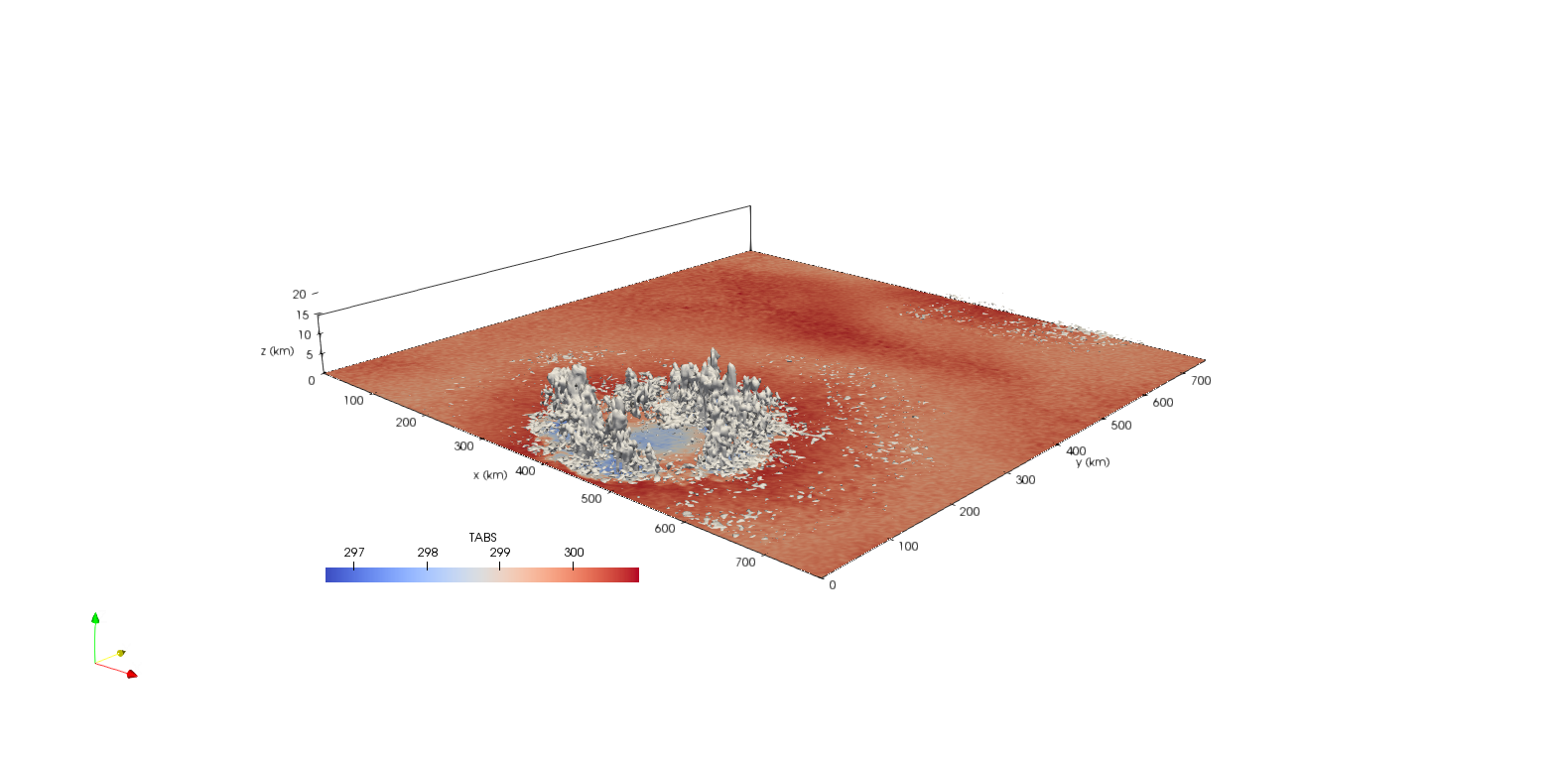
Atmospheric models are numerical models developed to predict weather and climate. The laws of physics governing all the dynamical and physical processes occurring in the Earth system (such as radiation, cloud formation, convection, turbulent motions, evaporation) are discretized on a numerical grid covering all the planet and numerically solved with high-performance computers to predict the future state of the atmosphere starting from a prescribed initial condition.
However, any forecast comes with its own degree of uncertainty. First, the knowledge of the initial state of the atmosphere will never be exact. Unfortunately, the atmosphere is a chaotic dynamical system especially on time scales of a few days. Therefore slightly different initial conditions could bring to very different future states. Second, even if we could have started different forecasts from one exact initial state of the atmosphere, the predictions would again diverge simply because of the limited digits used by computers to solve the governing equations. Finally, our forecasts are limited by the simplified representation of the physical processes governing the atmosphere, especially those occurring at very small scales (small turbulent motions, cloud microphysics, radiation processes).
The atmospheric modeling section of CRC constantly works to improve weather and climate forecasts, by enhancing the representation of physical processes and the initial conditions in atmospheric models.


